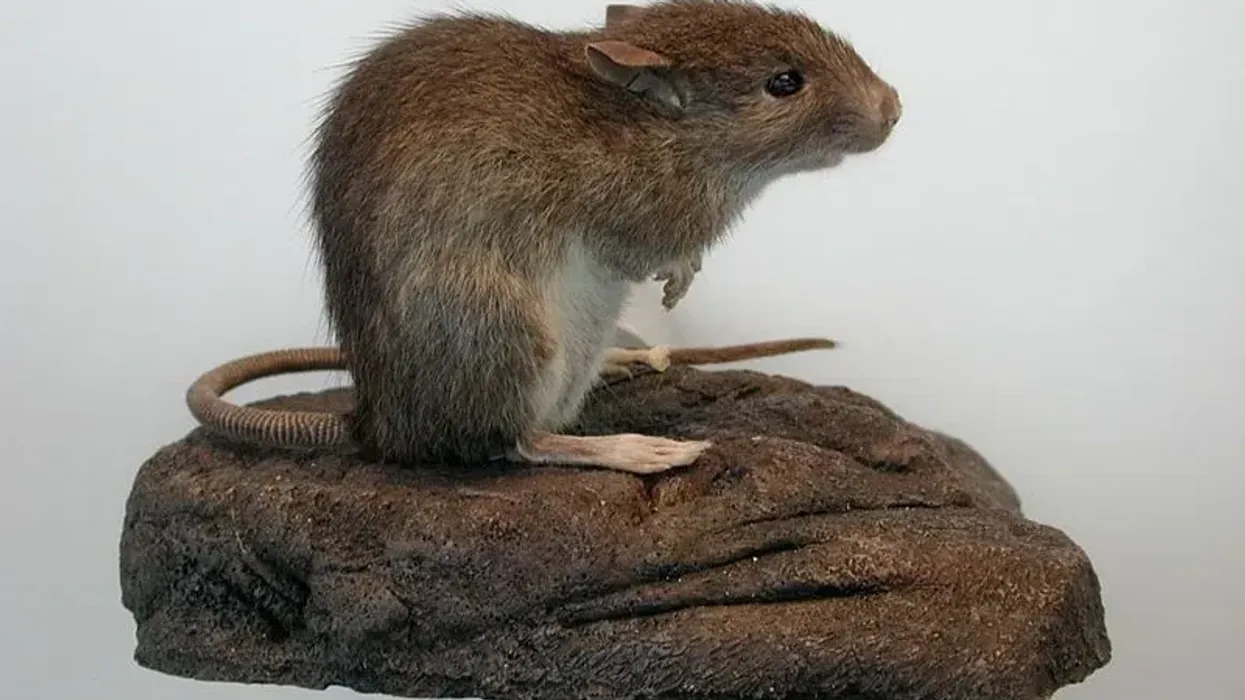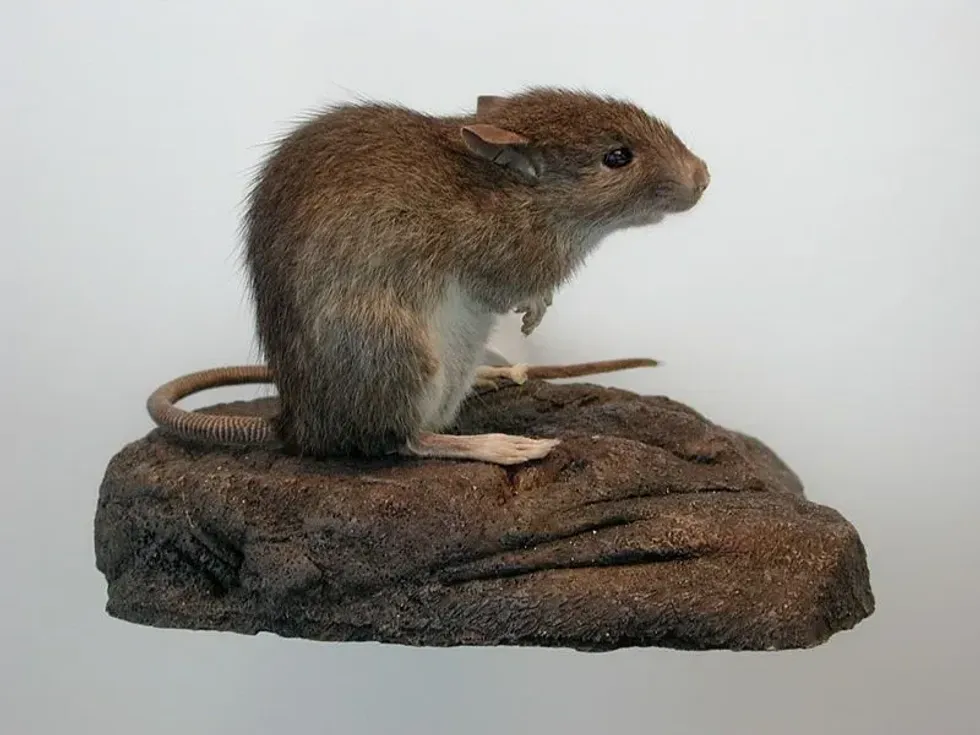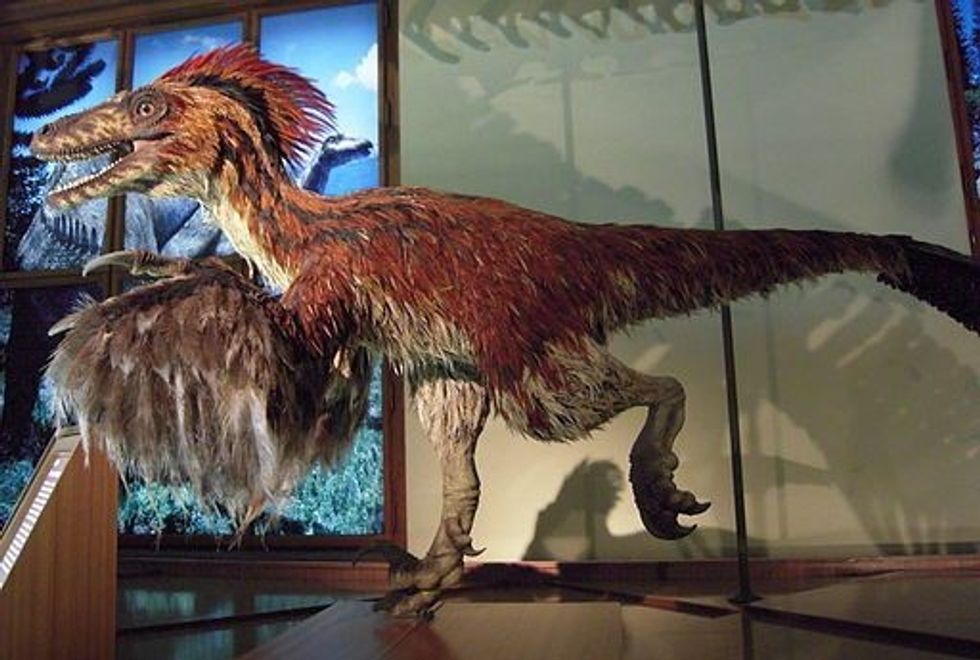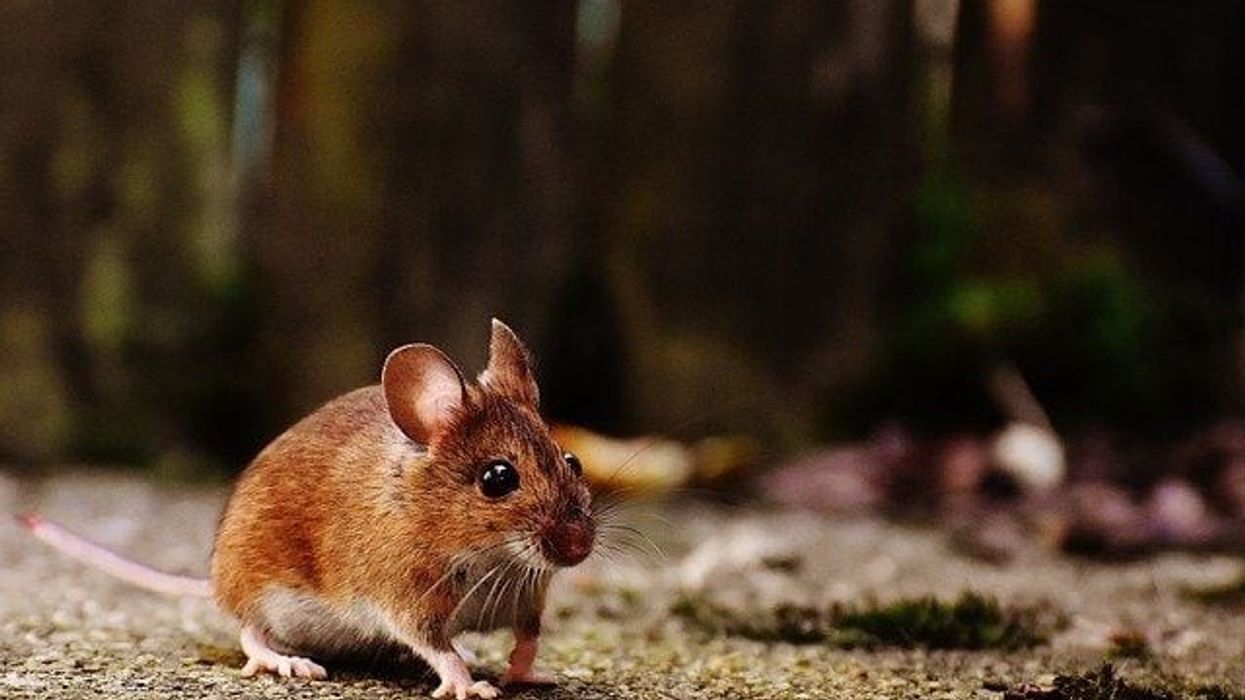The Polynesian rat (Rattus exulans) is known to belong to the family Muridae. This rat is found in Southeast Asia, New Guinea, and the Pacific.
They are found in various islands in the central and western Pacific. The habitat of this rat includes scrubs, forests, and grasslands.
These rats can also be found in cultivated lands, houses, and granaries. The preferred elevations are below 3280 ft (1000 m). The diet or food of this rat includes grasses, seeds, fruits, broadleaf plants, and they are also known to feed on earthworms, spiders, insects, and cicadas.
This rat is known to breed all year, with some peak seasons, summer till early fall. The reproduction happens based on the availability of food and appropriate weather.
This rat is known to nest around trees. The gestation period lasts for about 21-24 days, and weaning happens at about two to four weeks.
This rat is known to have a pointed snout, long ears, and small feet. The body is covered with black/brown hair. Their tail is quite long, or the length of the tail is almost equal to the head and body combined.
The young one is altricial. This rat is considered to be a pest in its distribution, and thus, various measures have been taken to control the population, as the introduction of predatory animals like an Indian mongoose has been introduced in the West Indies.
This rat is known to be an adept climber. This rat is known to be very similar to a brown or black rat.
It is quite interesting to learn about the Polynesian rats (Rattus exulans) and if you are interested, read about the mongoose and kangaroo rat.
Polynesian Rat Interesting Facts
What type of animal is a Polynesian rat?
Polynesian rat is a rat.
What class of animal does a Polynesian rat belong to?
Rattus exulans belong to the class of Mammalia.
How many Polynesian rats are there in the world?
There is no exact number or count of the population of these rats recorded or estimated in the world.
Where does a Polynesian rat live?
The population of the Polynesian rat (Rattus exulans) is distributed in the range that includes Southeast Asia, New Guinea, and the Pacific. They are found in various islands in the central and western Pacific.
What is a Polynesian rat's habitat?
Rattus exulans are known to inhabit various types of habitats that include scrubs, forests, and grasslands. These rats can also be found in cultivated lands, houses, and granaries. The preferred elevations are below 3280 ft (1000 m).
Who do Polynesian rats live with?
It is believed that these rats can be spotted in groups and can be alone also.
How long does a Polynesian rat live?
The Polynesian rat lifespan is known to be one year in the wild and in captivity. It has been recorded that these rats live for about 15 months.
How do they reproduce?
Polynesian rats are known to breed the whole year, and the peak season of their breeding is around summer till early fall. Reproduction takes place in areas with the availability of food and appropriate weather.
The reproduction system of this rat, just like other rats, is polyestrous.
An average of four to five litters are produced by females every year, and the little is known to have around four young ones.
The gestation period takes place for 21-24 days, and weaning takes place at around two to four weeks.
Not much information is available about parental care, but it is believed that the young ones are altricial, and just like other rat species, the young ones are known to be kept in nests and are taken care of by the mother.
What is their conservation status?
The Polynesian rats are placed under the Least Concern category of conservation status.
Polynesian Rat Fun Facts
What do Polynesian rats look like?
Polynesian rats are known to have a slender body, large ears, and a pointed snout. The feet of these Polynesian rats (Rattus exulans) are known to be comparatively small and delicate.
The tail of this rat has some scaly rings, which are known to be quite prominent. The tail is known to be of the same length as the head and body combined.
The body is covered with black or brown hair with a lighter or whitish belly. One of the most distinguishing features of this rat is the dark-colored hindfoot edge which is near the ankle.
The other parts of the foot are known to be pale. The appearance of this rat is known to be very similar to that of a black or brown rat.
How cute are they?
These are considered cute by people because of their size.
How do they communicate?
Not much information is available about the communication of these Polynesian rats, but they are known to use tactile, visual cues to communicate with each other and are also known to use scents to communicate.
How big is a Polynesian rat?
The length of the Polynesian rats ranges from 4.72 in (12 cm). They are known to be quite smaller than a black rat and muskrat.
How fast can a Polynesian rat run?
The exact speed of Polynesian rats is unknown.
How much does a Polynesian rat weigh?
The weight of these Polynesian rats is around 0.08-0.17 lb (0.04-0.08 kg).
What are the male and female names of the species?
Male rats are known as bucks, while the females are called does.
What would you call a baby Polynesian rat?
A baby rat is known as a pup.
What do they eat?
The Polynesian rat diet or food includes grasses, seeds, fruits (such as passion fruit, guava, sugar cane, and thimbleberry), broadleaf plants, and also animal matter. This rat is known to be around sugar cane fields as sugar cane is known to constitute 70% of their diet.
The food or diet of this rat also includes earthworms, spiders, insects, and cicadas.
Are they dangerous?
It is believed that rodents are carriers of harmful diseases like rat lungworm, rat-bite fever, rabies, and salmonellosis.
Would they make a good pet?
Not much information is about these rats as pets but they are wild and it is best to leave them in their natural habitat.
Did you know...
Polynesian rats are known to be the third most widespread species of rat, following the brown and the black rat in the world.
The Northern Luzon giant rat is known to be the biggest rat in the world. It is around 30 in (76.2 cm) long and weighs around 5.7 lb (2.5 kg).
This rat is known to have originated in Southeast Asia, and this rat is considered native to Bangladesh and Indonesia.
It is believed that these rats were either accidentally or intentionally introduced to the islands where the Polynesians settled as they used to carry these rats with them. It is believed that these rats were carried for consumption, but strong evidence that supports the consumption of these rats by Polynesians is not there and incorrect.
It is also believed that these rats might be one of the major factors in the deforestation of Easter Island as they tend to eat nuts of the local palm tree which led to the prevention of the regrowth of the forest.
These Polynesian rats are sedentary or nocturnal, just like other rodents.
It has been observed that during winters, when there is a lack of availability of food, these Polynesian rats satisfy their hunger strips by barks of trees.
In most of its range, the Polynesian rat species is considered a pest.
Polynesian rats are known to be unable to store fats and thus are found in areas with a continuous food availability or supply.
Males of this species are known to travel further or far than females of this species.
As these Polynesian rats are considered pests in almost all of their distribution, Indian mongoose has been introduced in the West Indies habitat to control the population of these rats, and some other animals that have been used for controlling the population of these Polynesian rats include barn owls and dogs.
In New Zealand, control of the population of this rat species or elimination of this rat species has led to the subsequent growth in the population of certain sea birds and native or local terrestrial birds.
What is unique about the Polynesian rat?
This species of rat is known to be an adept climber, and it nests around trees.
Are Polynesian rats endangered?
No, the Polynesian rat (Rattus exulans) species is not endangered.
Here at Kidadl, we have carefully created lots of interesting family-friendly animal facts for everyone to discover! For more relatable content, check out these gerbil facts or the naked mole rat facts pages.
You can even occupy yourself at home by coloring in one of our Polynesian Rat coloring pages.









